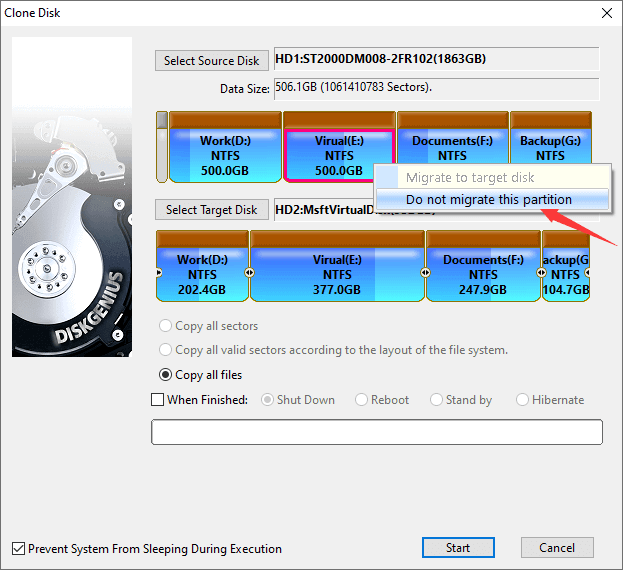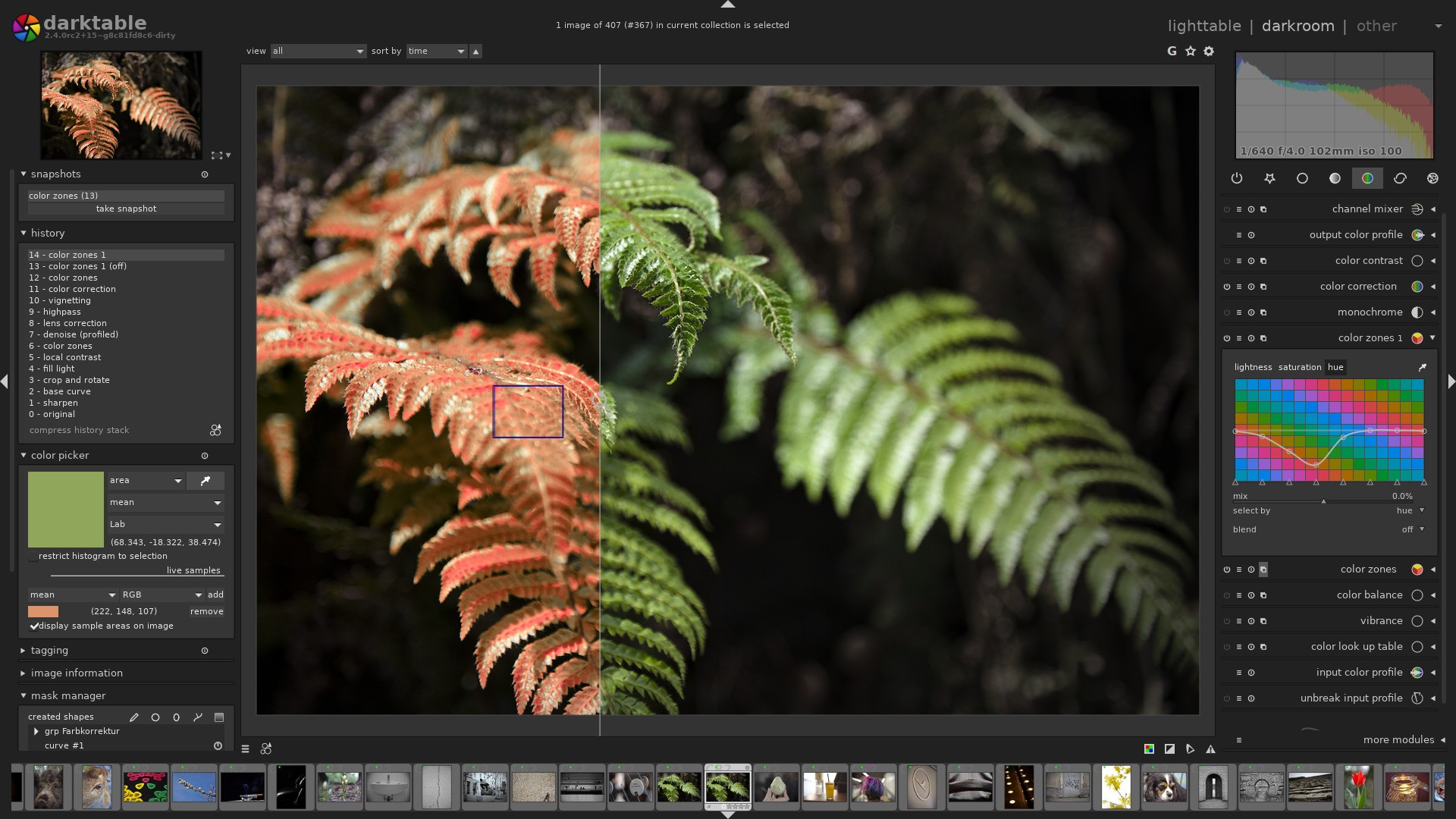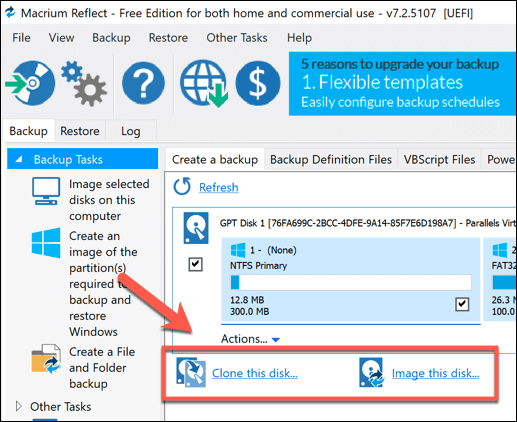
It can also be used with the blur tool to even out coarse blotches in the skin, again without impacting the finer details (see the wavelets section for details on this technique). This method can be used with the healing tool, for example, to paint over a spot that appears in one of the coarse detail layers, while leaving the hairs in the fine detail layers intact: The wavelets section provides more information on the decomposition process.
#How to clone in darktable skin
This is particularly useful in portrait photography, where you can deal with skin blotches and blemishes on a coarse layer of detail, leaving the finer skin texture untouched.

Wavelets allow an image to be decomposed into a number of layers each containing varying levels of detail, so that you can work on each detail layer independently and then recombine them at the end. These two options are most useful when used together with wavelet decomposition, where they can be used to smooth over features within a selected detail layer. In such cases, the retouch module offers two further options:įill tool Fill the drawn region with a selected color.īlur tool Apply a blur to the drawn region, smoothing out any details. Sometimes there is no suitable sample in the image to use for this purpose. The clone and heal tools both require the use of another part of the image to “fill in” the region being hidden. This operation does not affect the placement of subsequent shapes. Note: For circle and ellipse shapes only, you can place both the source and target shapes with a single click-and-drag motion: Click on the desired target location and then drag, releasing your mouse button when you reach the desired source location. Once you have placed your source and target shapes on the image, they can be adjusted manually with your mouse. If you place subsequent shapes without first changing the target location, exactly the same source position will be used, fixed in the absolute coordinate system of the image. You can then click on the image to begin placing the target shape. As above, the position of the “plus” (+) symbol will move to the clicked location, but will remain in the same absolute position even if you move your mouse. If you place subsequent shapes without first changing the target location, the source shape will be placed at the same offset from the target shape as was used for the first stroke.Ĭtrl+Shift+click to change the position of the source shape in “absolute” mode. The position of the “plus” (+) symbol will move to the clicked location and will remain in a fixed position relative to your cursor until you click on the image to begin placing your target shape. Shift+click to set the position of the source shape in “relative mode”. It is recommended that you choose the position of the source shape first, followed by the position of the target, as follows: Your normal mouse cursor will indicate the position of the target shape:
#How to clone in darktable plus
When you hover over the image with your mouse, a plus symbol (+) will appear to indicate where the source shape will be placed by default. The source and target patches will both use the same shape. Once you have chosen heal or clone mode, you must choose the shape you wish to use ( circle, ellipse, path or brush – see the drawn masks section for details).

In this example, using heal instead of clone produces a much more pleasing result: With this tool, the color and luma of the sample is blended to fit better with the surroundings. In this example, the sample of sky we chose as the source was slightly darker than the target, leaving a faint outline of the circular shape used in the cloning process: In many cases, the edges of the source shape won’t precisely match the surroundings of the target, leading to unnatural looking results. The following example uses a circular shape to clone out the cloud using the circle of blue sky beside it: The simplest way to do this is with the cloning tool For example, you may wish to remove a small cloud from a blue sky: 🔗clone and healĬloning allows a part of the image (the target) to be hidden by replacing it with an area copied from elsewhere in the image (the source). It can also take advantage of wavelet decomposition, allowing the image to be separated into layers of varying detail (from coarse to fine) which can be selectively retouched before being recombined to produce the output image.

This module extends the capabilities of the deprecated spot removal module (equivalent to this module’s “clone” tool) by including a “heal” tool (based on the heal tool from GIMP), as well as “fill” and “blur” modes. Remove unwanted elements from your image by cloning, healing, blurring and filling using drawn shapes.


 0 kommentar(er)
0 kommentar(er)
